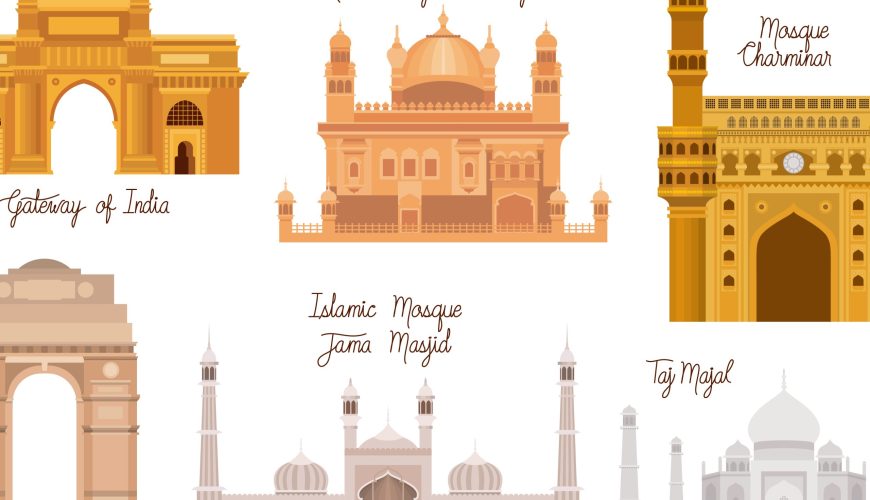Booking.com recently released its first ‘How India Travels’ report. The report, with McKinsey & Company as the knowledge partner, provides invaluable insight into the evolving nature of Indian travellers and the factors that drive this growth. They have grown more discerning and experimental in what they want from a trip and are looking for newer, offbeat destinations and authentic, immersive experiences, often inspired by social media where they get new ideas and plan their trips.
The report reveals an intriguing trait of Indian travellers – with an average window of just 29 days, Indian travellers showcase remarkable spontaneity in their trip planning followed by Japan (57 days) and USA (63 days). Indian travellers thrive on the thrill of quick and exciting travel plans.
- Food is priority: While making decisions about the choice of accommodation, Indian travellers take on a very unconventional approach. Travellers emphasised culinary convenience, with over 80% of them valuing restaurant and room service options during their stay.
- There is a surge in demand for alternative accommodation options, such as hostels, campsites, vacation rentals, and chalets. The growth rate of Average Daily Rates (ADR) for these alternative accommodations outpaced traditional hotel and managed chains, indicating a paradigm shift in travel preferences.
- In 2023, for every night booked at a camp, three nights were booked at villas and 14 nights were booked at guest houses.
- The growth in weekend bookings for alternative accommodation in top leisure and business cities such as Varanasi, Goa, Bangalore, and Delhi are 4 to 5 times higher in 2023 than in 2022.
- Where are Indians Travelling – An Expansion in Destinations while Embracing India and the World
- While metropolises have remained top destinations, tier 2-3 cities like Varanasi, Coimbatore and Kochi are gaining popularity.
- As per Booking.com data, a new trend is emerging, where the lesser-known gems are now capturing the wanderlust of travellers seeking a more authentic and one-of-a-kind experience. Cities such as Varanasi, Gurugram and Coimbatore are increasingly showing up in bookings with remarkable growth.
- While old favourites like Manali, Shimla and Lonavala remain popular among hilly destinations, off-beat locations like Panchgani, Madikeri and Mt. Abu are topping the charts on growth for demand in 2023. The surge in demand for these unconventional destinations signifies a desire to transcend the ordinary.
- Indians are increasingly looking overseas for their next vacation with new destinations from Vietnam, Indonesia and Nepal entering the top ranks. Increasing air connectivity, greater awareness, easier bookings and visa ease are facilitating this.
- What Fuels the Spirit of Exploration of Indian Travellers – Cinema, Mega Events, and Social Media
- As per the report, Indian travellers’ interests are shaped by TV shows and Indian cinema, with more than half (54%) indicating they would choose a destination showcased in a show or a movie. Only 2% of travellers see no influence. This indicates the increasing relevance and the impact created by celebrity partnerships and brand endorsements on destinations.
- Mega events like sporting tournaments (ICC Men’s Cricket World Cup 2023), diplomatic meetings (G20 Summit 2023), music concerts (Lollapalooza) and many more exert a magnetic pull on travellers, acting as compelling catalysts for their journeys.
- The sway of social media on travel behaviour is big and evident. In the year 2022, 91% of Indian travellers expressed that YouTube is their preferred social media platform for travel inspiration, followed by Instagram, which holds the interest of 85% of Indian travellers.
- Industry’s Take to Empower Travellers – Rapidly Strengthening Travel Ecosystem
- Indian travellers are looking for unconventional destinations and alternative accommodations more than ever before; and want to get there faster and easier. The travel ecosystem is rapidly getting on board to meet the needs of the discerning Indian travellers.
- Destinations are tailoring diverse offerings for Indian travellers, accommodating various budgets and preferences. Dubai, for instance, is the epitome of this trend post-COVID, offering a wide range of options for accommodations, food and experience options for every budget to accommodate all types of travellers.
- Leading global hotel chains are further expanding their presence into Tier 2 and Tier 3 cities such as Jodhpur, Dharamshala, Bodhgaya, Bilaspur and Coorg. Moreover 70% of the upcoming branded hotel properties are also coming up in Tier 2 and Tier 3 cities like Kolhapur, Nashik and Puri
- The rising growth potentialin these markets has boosted branded inventory share from about 30% in 2015 – 2016 to approximately 50% in 2022–2023.
- The way ahead- Towards a Trail-Blazing Travel Industry
These are exciting times for the travel industry. Understanding the Indian traveller can help India’s travel ecosystem to evolve in sync with emerging demands and preferences, creating a vibrant tourism landscape in the years ahead.


0 Comment